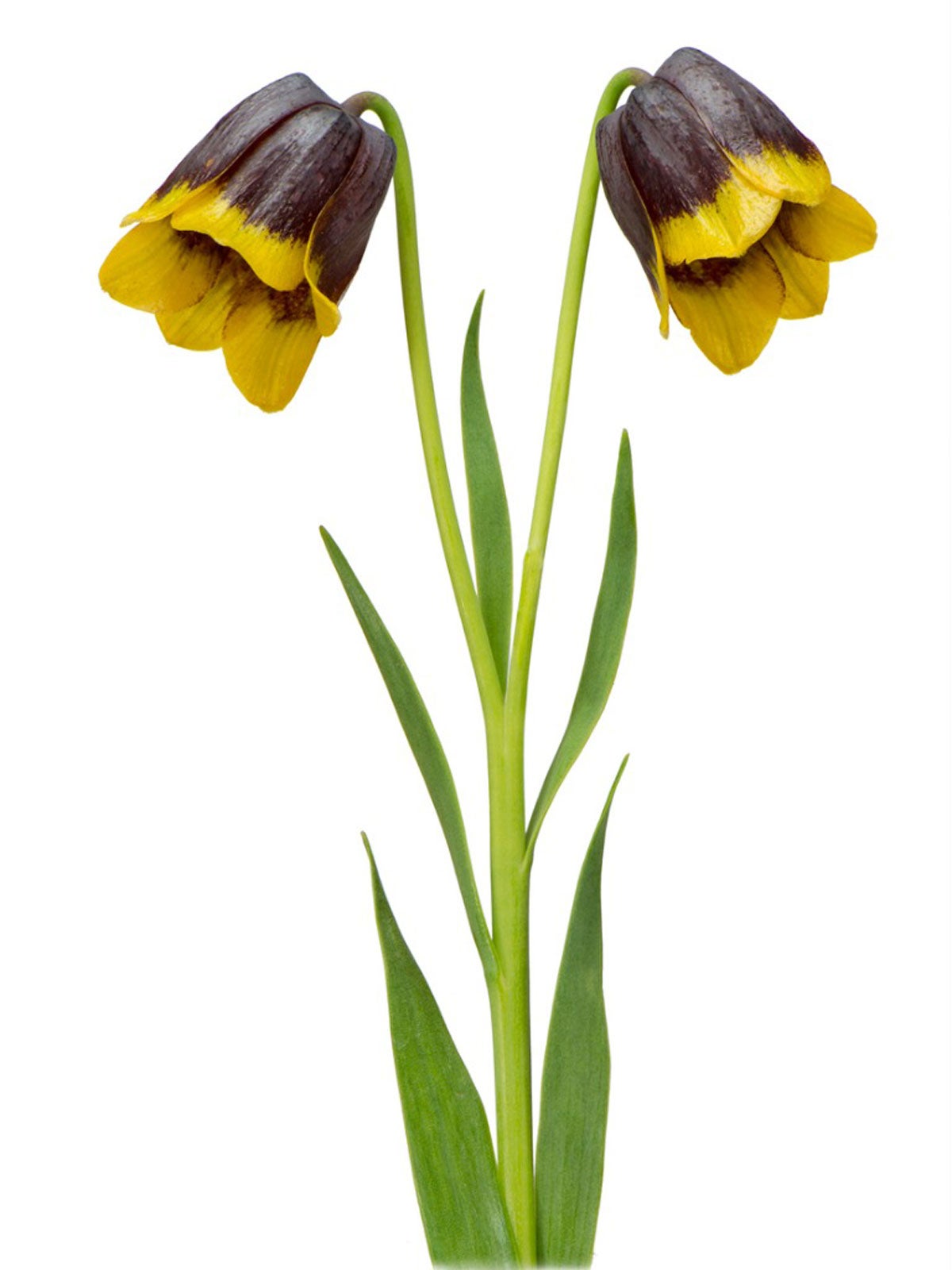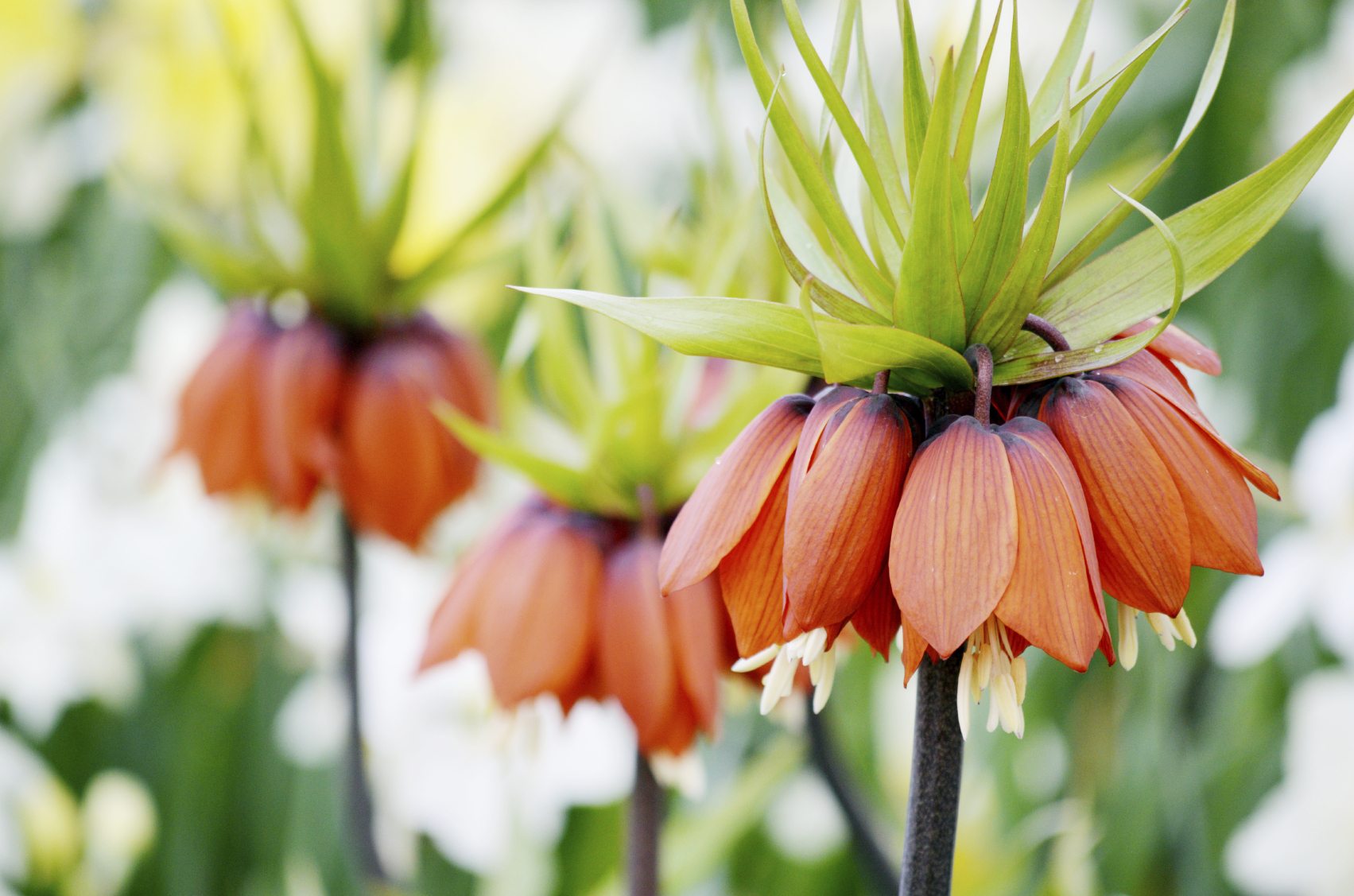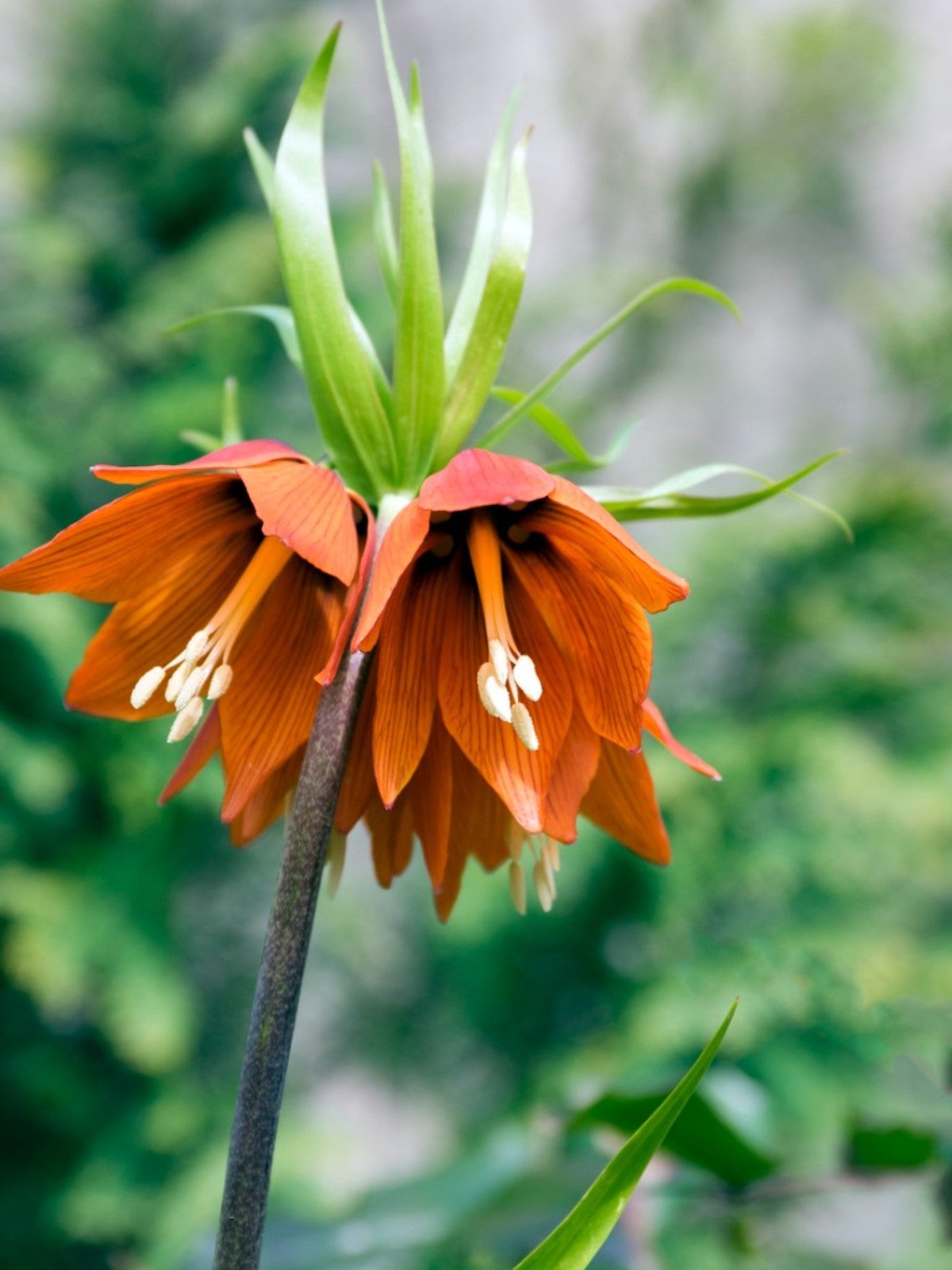Growing Fritillary Flowers: Planting Fritillaria Michailovskyi Bulbs


Growing fritillary flowers is a fun way to add a unique bulb to beds, rock gardens, and borders. Michael’s fritillary plant (Fritillaria michailovskyi) has pretty little flowers that are unusual and beautiful. Like many other bulbs, they are planted in fall and require soil that drains well to avoid rot.
What is Fritillaria Michailovskyi Plant?
Known as Michael’s flower, this plant is a fall bulb that blooms in the spring. It is a perennial belonging to the same family as lilies and native to Turkey. Each plant grows to about 8 or 10 inches (20-25 cm.) in height and 5 to 7 inches (13-18 cm.) across.
The foliage of Michael’s flower fritillary is long and narrow, grass like, and a gray green color. The flowers, though, are truly unique. Small, bell-shaped blooms hang down and are purplish brown with yellow edges along the petals.
Planting Fritillaria Michailovskyi Bulbs
Like many other bulbs, fritillary needs soil that drains very well to prevent rot. Plant these bulbs in the fall to a depth of about 4 inches (10 cm.). Space them about 6 inches (15 cm.) from each other.
Add some sand or gravel to the holes before you put the bulbs in to provide extra drainage. Apply mulch over the top for winter protection.
In addition to well-drained soil, your fritillary plants will need full sun or light shade and some organic matter in the soil. As the flower begins to thrive, expect it to naturalize. You can also propagate this plant by the offsets that grow around the bulb over time.
Fritillary looks nice in natural clumps but also within borders and flower beds or even mixed in with other bulbs. You can even grow this flower in containers as long as they drain well.
Gardening tips, videos, info and more delivered right to your inbox!
Sign up for the Gardening Know How newsletter today and receive a free copy of our e-book "How to Grow Delicious Tomatoes".
The most common issue that gardeners encounter with this plant is bulb rot from too much water. This is why drainage is so important. Other potential issues to watch out for include leaf spot and rust, mosaic virus, and damage from snails and slugs.

Mary Ellen Ellis has been gardening for over 20 years. With degrees in Chemistry and Biology, Mary Ellen's specialties are flowers, native plants, and herbs.
-
 Grow ‘Karl Rosenfield’ Peony Plants For The Ultimate Frilly Border Beauties And Cut Flowers
Grow ‘Karl Rosenfield’ Peony Plants For The Ultimate Frilly Border Beauties And Cut FlowersFor frilly double magenta peony petals infused with a heady fragrance, grow ‘Karl Rosenfield’ peony plants. Here’s how to cultivate the ultimate plushy blooms
By Tonya Barnett
-
 10 Common Composting Problems That Can Spoil Your Garden Gold – Plus Easy Fixes
10 Common Composting Problems That Can Spoil Your Garden Gold – Plus Easy FixesLearn how to troubleshoot common composting issues before they ruin your stash – from bad smells and bugs to materials not breaking down as they should.
By Susan Albert
-
 Crown Imperial Fritillaria: How To Grow Crown Imperial Plants
Crown Imperial Fritillaria: How To Grow Crown Imperial PlantsCrown imperial plants are lesser-known perennials that make for a striking border for any garden. Learn more about growing crown imperial flowers in this article so you can enjoy the interesting blooms in your garden.
By Liz Baessler
-
 Growing Fritillaria Bulbs - How To Grow And Care For Wildflower Fritillaria Lilies
Growing Fritillaria Bulbs - How To Grow And Care For Wildflower Fritillaria LiliesDelicate and exotic, Fritillaria flower varieties may appear difficult to grow, but most Fritillaria care is simple after the large bulbs bloom. Learn more about these lesser known flower bulbs here.
By Becca Badgett